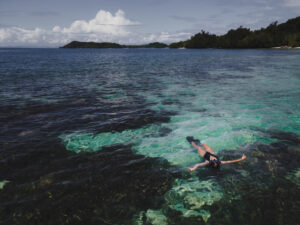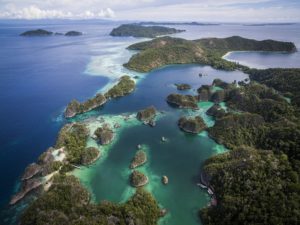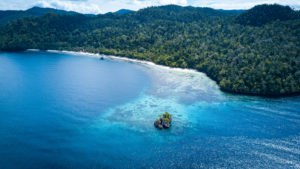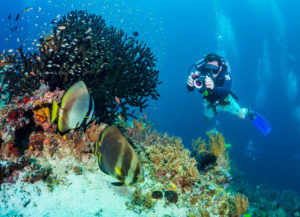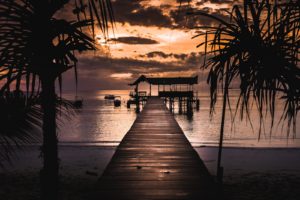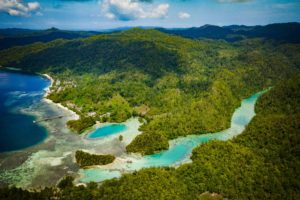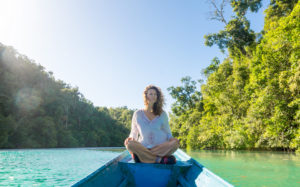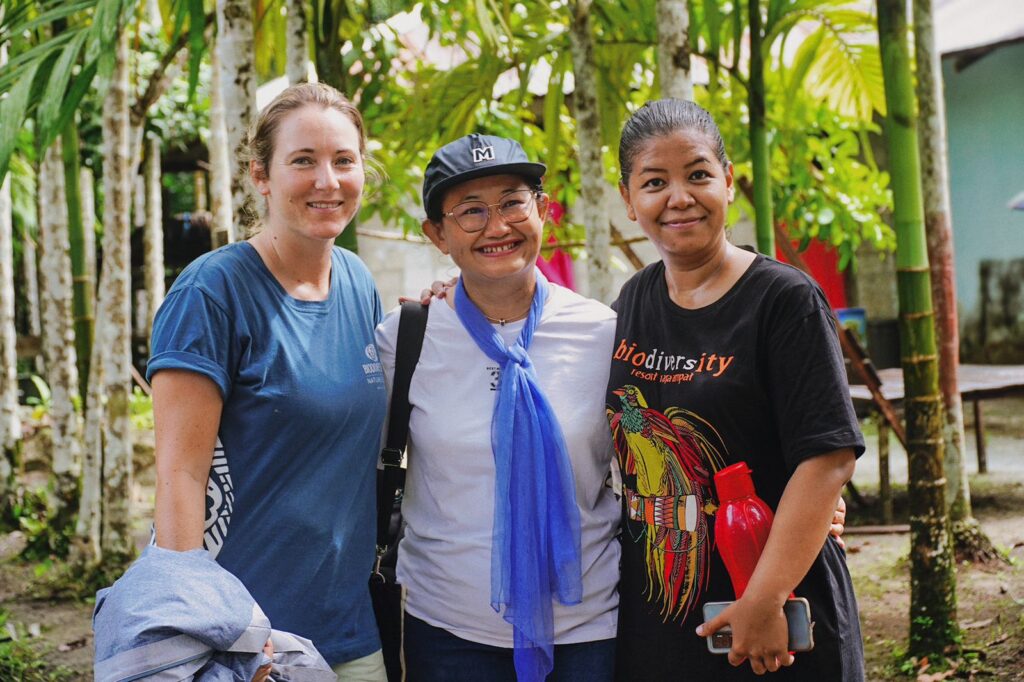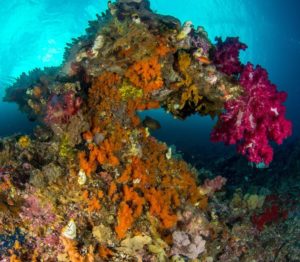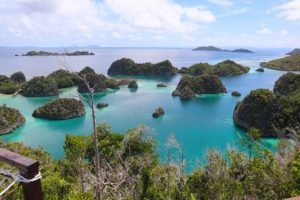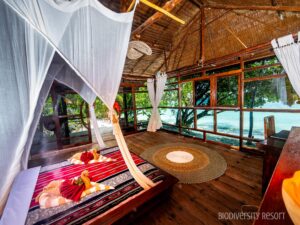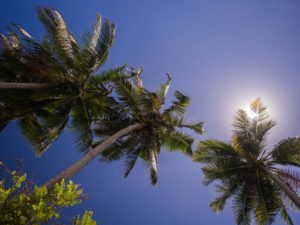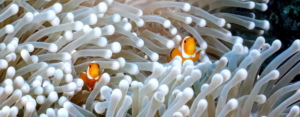Here you can find everything you need to know about Raja Ampat Liveaboard. We hope you find this information useful and we encourage you to comment and ask in case you have any doubt.
What is a Liveaboard?
It is a common question often asked by divers who have never heard of a Liveaboard before. Liveaboards are a large boat on which you live and dive from, hence live-aboard. Liveaboards are worldwide the top diving destinations and Raja Ampat is no different.
What do I need to know in first place about a Raja Ampat Liveaboard?
In fact, there are more people who choose liveaboards instead of resorts. Worldwide liveaboards vary in style of vessel, design and comfort. There are basic boats with a few cabins to large ships with many decks, private suites etc. These different ranges hold of course different price tags. For liveaboards there is a variety of different quality levels of vessels. All liveaboards include a full board basis, since you usually stay on board almost all the time. Again, the quality of food served, and service depends on the price paid.
What can I expect on a Raja Ampat Liveaboard?
The Main Raja Ampat Liveaboards have a traditional Indonesian design of a “Phinisi Ship”. The Phinisi’s were trading ships. Often, they are two, but sometimes three, mast ships. They resemble the western Ketch with the fore mast often being larger. Yet the boons are different. The tops look like mini cranes. They were for lifting cargo into and off the deck. They also double as the frame for a sail. The ships range usually between 20 to 35 meters in length with the larger ships the main fore mast can be 30m tall. They are wooden boats with a 2 to 4 decks usually in the rear. These decks provide resting areas, indoor and outdoor dining, cabins and the dive kit area. Many of the Raja Ampat Liveaboards still use the sails for a moment of tranquility. Many Raja Ampat liveaboards prepare and brief the dives aboard the main vessel. Then they take the divers to the site via smaller boats. Due to the large size and depth of the hull of the Liveaboards they cannot get close to the dive site. All the diving activates take place off these small boats, which you will board from the big boat.
When is the best time to go on a Raja Ampat Liveaboard?
The Raja Ampat liveaboards are only in the area for a few months of the year. This is usually between November to April/May before they visit other areas. There is only one or two that spend the year in the area. So, if it’s a Raja Ampat Liveaboard you want, you should check the schedule that you can be in the area you prefer.
What are the advantages of a Raja Ampat Liveaboard?
A Liveaboard has set specific dive times and meal times. Between there is time for some relaxing and sunbathing. Some liveaboards will do the main part of the traveling in the very early morning. So, you as a guest, can wake up to a new view. You will often see more of the area from the ship, more of the islands and different areas within Raja Ampat. For some divers who don’t like to dive a site more than once, Liveaboards offer a different site for each dive. Often there are only divers on board, so in that case you will find lots of likeminded people.
Raja Ampat Liveboard disadvantages

What are the disadvantages of a Raja Ampat Liveaboard?
There are as with all liveaboards disadvantages. The Raja Ampat liveaboards are big ships and so they tend to anchor off in deep water. So you will not be able to go for a walk along the beach, trek in the jungle or snorkel through the mangroves. It is a loss to be night and day at the see and miss all the opportunities the trip has to offer. You would miss all the sights and sounds of the jungle, the tropical bird calls and the wild nature. By Raja Ampat liveaboards you kind of lose the feeling of connecting with your surroundings.
Unfortunately, there are some boats that anchor closer to the reef system. The reason is to reduce the distance spent transporting divers back and forth. This is a big environmental concern since there is damage created by anchoring. Even in deep water and over sand there are some poor creatures injured or harmed. Thus, when it Comes to choosing and area for your liveaboard trip, you should consider one thing. Choose an area where there are mooring buoys and thus do not drop anchors. Raja Ampat has no moorings on any of the site or within the area. So, they are always destroying the reefs systems and the marine environment.
Some liveaboards may take you ashore on the small boats. Most of the time they take the divers back and forth from the dive sites. Being at sea 24 hours is for those with good are legs and a real passion for being on the water all the time. For some this is fantastic. But in general, there is so much more to see other than the stunning reefs and marine life.
The main top dive sites of Raja Ampat are in the Dampier Strait. Not much more than a 30 minutes speedboat ride from each other. So, the liveaboards do not often do that much traveling in the area but remain anchored in one place for a day or two. If they travel, it’s often in the early mornings. There will be the sound of the engines before guests are awake. At the day the generators and compressors are running for filling the tanks. That means that most of the time there is always a motor running and making noises. If you are sensitive to noises, this is not the most peaceful experience.
Also, there is a limited space aboard. So, it’s not always easy to find a spot to relax away from the others.
What should I choose? A Raja Ampat Liveaboard or a shore-based Resort?
Raja Ampat Liveaboards can be luxurious boats with a luxurious price tag. They have strict timing schedules and only visit to dive site eleven in a week or 10-day itinerary.
It’s important to ask yourself what you are looking for. What are the main things everyone wants to do when making a trip to Raja Ampat?
Most of the resorts in Raja Ampat are in and around the Dampier Straits. They have all the top Raja Ampat Dampier Strait dive sites all within 30 min speed boat ride away. You can have morning dives and lunch back at the resort. Also, enough time to sunbathe, snooze or read a book before a third and fourth dive. The resorts central locations mean there you can dive more but travel less.You can also visit different dive sites more than once. An option that is not available on Raja Ampat Liveaboard.
A shore-based trip in a resort in the Raja Ampat Dampier Straits is also for families who are not all divers. There are plenty of options for those not on the dive boat, or to join the dive boat to snorkel. There are Jungle treks, kayak tours, bird watching trips and visits to local villages. Thus, you can take in the culture and beautiful surroundings that Raja Ampat has to offer.
If you have a more ecological mind, there are some factors to consider when it comes to making the right choice. Liveaboards hire staff from more developed island with a better education behind them.Resorts focus on employing locals to support them. Resorts also support the community with materials for schools, food and clothes. Resorts help to develop the education system by employing locals.
Raja Ampat Liveaboards often start from a large port. A lot of times its Sorong where they stock up on fuel, food water and other supplies. They buy everything in Sorong. The Resorts often buy their fresh products from locals or from the market stalls in Waisai. Again they help the local community by purchasing their products. So, they spread the income from tourists to a wider range of local businesses.As you can see there are many reasons for and against choosing a Raja Ampat liveaboards or a Raja Ampat resort. We hope that we could help you to ease your decision. If you need more help to decide between a Resort or a Liveaboard, take a look at our Blogpost “Resort or Liveaboard”!





